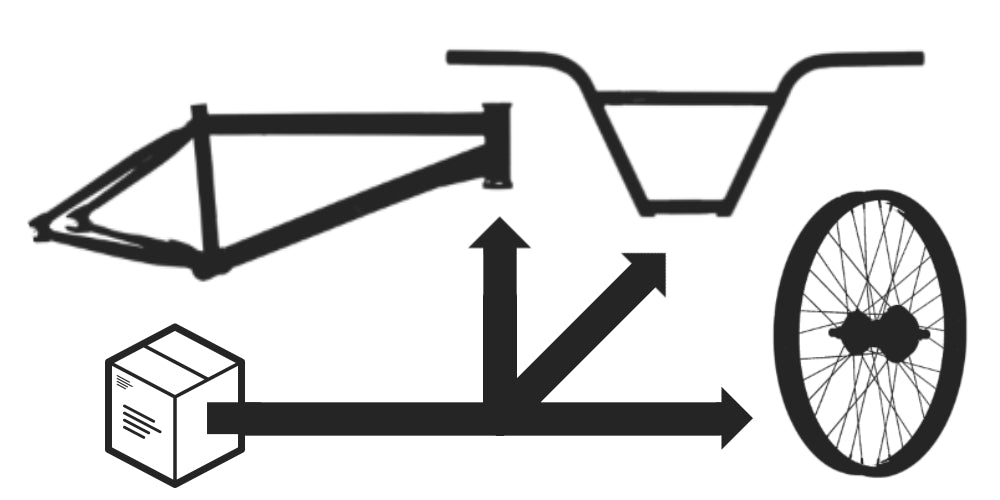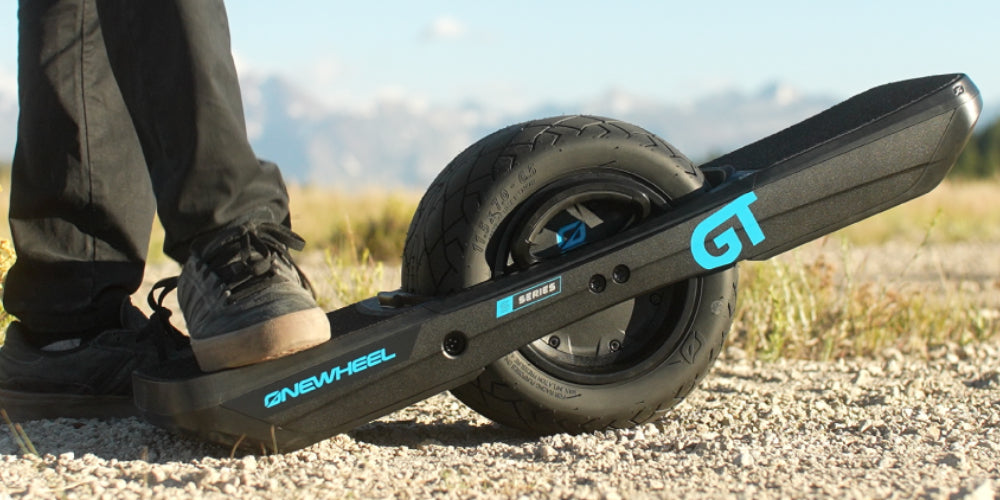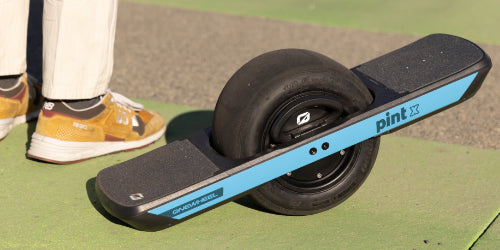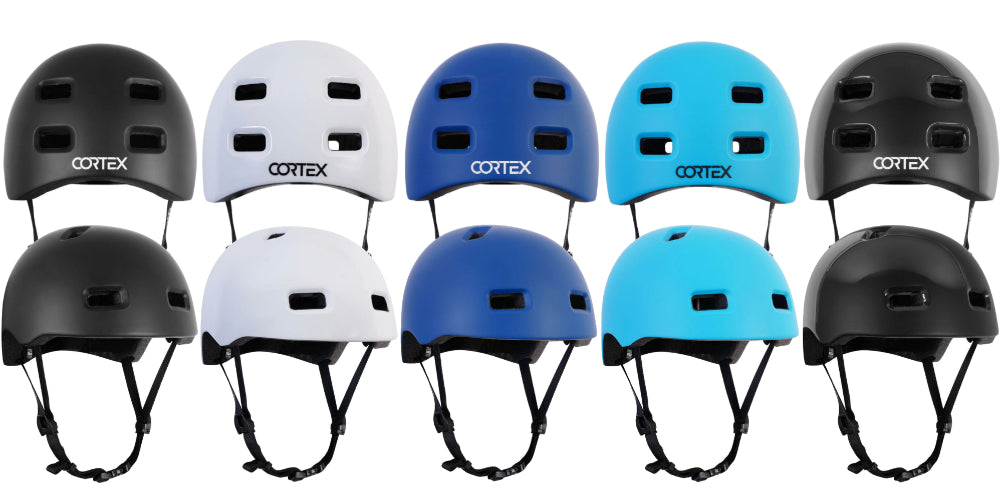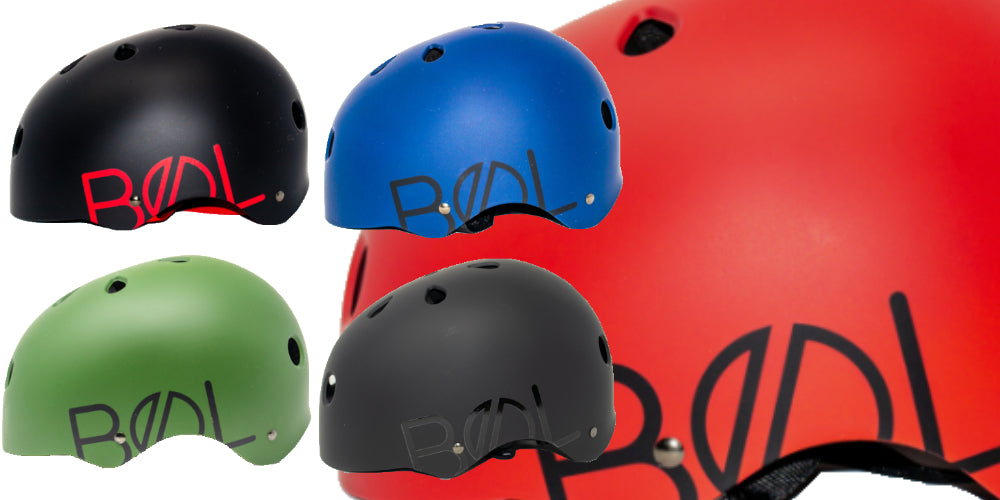Yes, there are different types of aluminium that each have their own properties. We'll focus on the 6061 and the 7075, the 2 most used in making good scooter and bike parts.
What's the meaning of the «T6» ?
You'll often see «T6» written after the 4 digit grade aluminium (6061-T6, 7075-T6). It refers to temperature designation. Simply said, the aluminium passed through a heat treatment, a quenching, a cooling process and an aging process. All of that to obtain a harder and stronger alloy.
If the part you're checking doesn't have anything written after the grade of aluminium, don't panic. On high quality parts, there's a good chance the manufacturer just omitted writing it.
What's the difference between 6061 and 7075?
Strength is the biggest difference between 6061 and 7075 aluminum. The 7075 provides the greatest strength of the 2 and pretty much the greatest strength to weight ratio of the aluminium grades. It can be estimated that the 7075 is 1.5x time stronger then the 6061 and is harder which result in a stiffer set-up.
The reason why the 6061 is more commonly used is because of its overall good grades, its weldability, machinability and price. The 7075 is harder to work with and is really hard to weld, that's why you'll rarely see an 7075 bar and you will never (at least not yet) see a 7075 deck.
I know we just barely scratched the surface of the different grades of aluminium and that everything written here is simplified to the max. We wanted this explanation to be simple enough for everyone to understand while still covering all of the important details to allow for a good understanding.
To summarize,
if you see a part made out of 7075 aluminium, there's a high probability for it to be 1.5 time stronger than its peer. After that, it all depends on the conception.




